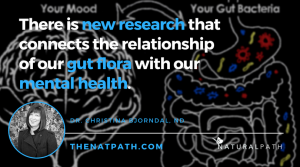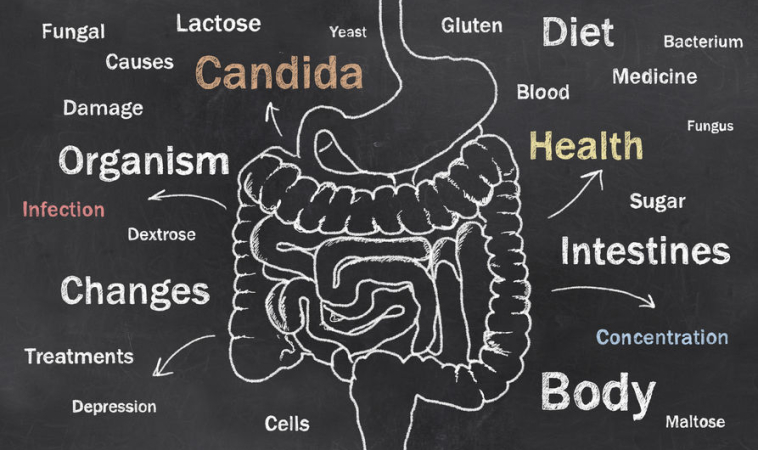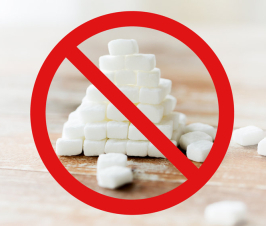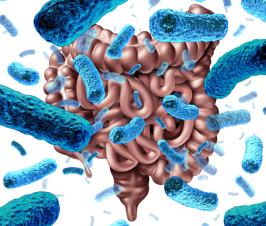Have you Ever Taken an Antibiotic for a UTI, Acne, Bacterial Infection or for any Other Reason?
 Did you know that just by taking 1 antibiotic in your lifetime can disrupt the balance of your gut flora? There is new research that connects the relationship of our gut flora with our mental health. One thing that happens when you take an antibiotic, even a “natural” one like oil of oregano, is that you kill not only the bad bacteria that you are trying to eradicate, but the good bacteria, or probiotics, as well. What tends to come back first after taking an antibiotic is an organism called Candida, which is commonly referred to as an opportunistic organism. Basically, when the terrain of the body is right, Candida sets up shop in you, the host. This is why it is common to get a yeast or Candida infection after you take an antibiotic. Other common health challenges that can result from taking too many antibiotics are constipation, diarrhea, indigestion, nausea and cramping. To see if Candida is playing a role in your health concerns, please complete the Candida questionnaire.
Did you know that just by taking 1 antibiotic in your lifetime can disrupt the balance of your gut flora? There is new research that connects the relationship of our gut flora with our mental health. One thing that happens when you take an antibiotic, even a “natural” one like oil of oregano, is that you kill not only the bad bacteria that you are trying to eradicate, but the good bacteria, or probiotics, as well. What tends to come back first after taking an antibiotic is an organism called Candida, which is commonly referred to as an opportunistic organism. Basically, when the terrain of the body is right, Candida sets up shop in you, the host. This is why it is common to get a yeast or Candida infection after you take an antibiotic. Other common health challenges that can result from taking too many antibiotics are constipation, diarrhea, indigestion, nausea and cramping. To see if Candida is playing a role in your health concerns, please complete the Candida questionnaire.
One of the reasons Candida can be difficult to get rid of is because they create a biofilm. Biofilms are structural microbial complexes formed naturally by many bacteria and fungi. Treatment of conditions such as UTIs, ear infections, and Candida albicans overgrowth becomes difficult once biofilms have formed and attached to a surface. A biofilm matrix acts to protect the structure of a microorganism. Acting like a shield against invaders – it creates problems for us by increasing the durability and resistance of unwanted fungus. Candida albicans causes one of the most common fungal biofilms, and it is extremely difficult to treat once established. With a longstanding Candida overgrowth, there is plenty of time for biofilms to develop in your gut and they may be very resistant and reproductive complexes.
What is an Important Factor in Growing and Reproducing Biofilms?
Sugar! Biofilms are comprised of 32% glucose – stopping sugar intake can help reduce biofilm creation.
How can Candida Biofilms be Treated once Formed?
Using enzymes to attack the biofilm structure – we can get past the security guard (attached matrix) to allow for degradation. Speaking with a naturopathic doctor about enzyme formulas that targets the cell wall. This helps to remove attached biofilms allowing us to release and break down the harboring yeast and micro-organisms. Detachment and removal of harmful Candida biofilm structure is crucial to maintaining gut health and establishing a re-population of healthy gut flora. Therapeutic modalities aimed at destroying Candida biofilm structures hold the greatest promise for improving treatment response in people with recurring candida overgrowth and other fungus-related disease.
Check Out Our Sugar Free Summer Course Here
Image Copyright: <a href=’https://www.123rf.com/profile_illustrator’>illustrator / 123RF Stock Photo</a>
 Dr. Christina Bjorndal, ND is considered an authority in the treatment of mental illnesses such as depression, anxiety, bipolar disorders and eating disorders using a physical, mental, emotional and spiritual approach. Having overcome many mental health challenges, Dr. Chris is a gifted speaker and writer and has shared her wellness philosophy with audiences from platforms such as the Jenny McCarthy show, the International Bipolar Foundation, and many health summits and docuseries. She is recognized as a top ND to follow by two independent organizations. Her books “Beyond the Label” and The Essential Diet: Eating for Mental Health, along with her Moving Beyond 10 week course are comprehensive guides to naturopathic mental health.
Dr. Christina Bjorndal, ND is considered an authority in the treatment of mental illnesses such as depression, anxiety, bipolar disorders and eating disorders using a physical, mental, emotional and spiritual approach. Having overcome many mental health challenges, Dr. Chris is a gifted speaker and writer and has shared her wellness philosophy with audiences from platforms such as the Jenny McCarthy show, the International Bipolar Foundation, and many health summits and docuseries. She is recognized as a top ND to follow by two independent organizations. Her books “Beyond the Label” and The Essential Diet: Eating for Mental Health, along with her Moving Beyond 10 week course are comprehensive guides to naturopathic mental health.

















